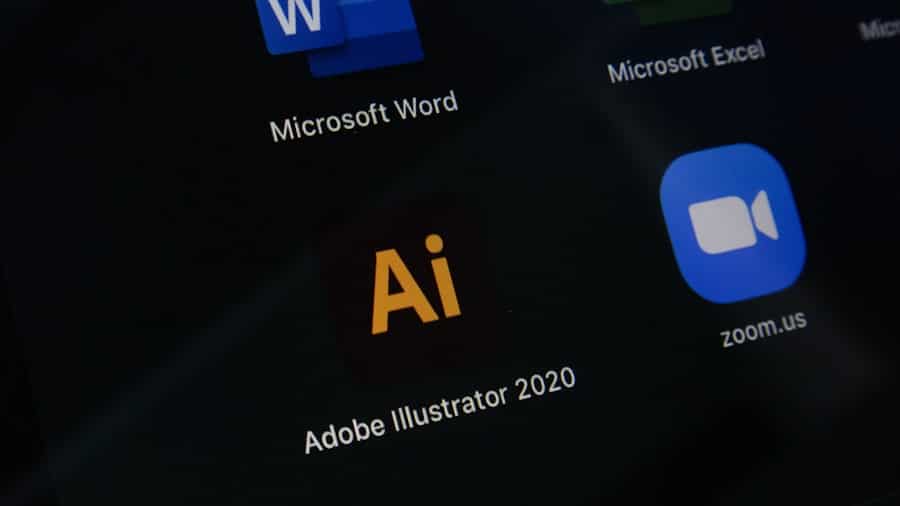Real-time language translation has emerged as a pivotal technology in our increasingly interconnected world. As globalization continues to shape the dynamics of communication, the ability to converse across linguistic boundaries has become essential. This technology enables individuals and organizations to engage in dialogue without the constraints of language differences, fostering collaboration and understanding in diverse settings.
From international business meetings to casual conversations between travelers, real-time translation tools are transforming how we interact on a global scale. The evolution of real-time language translation has been significantly influenced by advancements in technology, particularly in artificial intelligence (AI) and machine learning. These innovations have led to the development of sophisticated algorithms capable of processing and translating spoken or written language almost instantaneously.
The implications of this technology are profound, as it not only enhances communication but also promotes cultural exchange and inclusivity.
Key Takeaways
- Real-time language translation is the process of translating spoken or written language instantly, allowing for seamless communication across different languages.
- Current challenges in real-time language translation include accuracy, speed, and natural language processing, as well as the ability to handle slang, dialects, and cultural nuances.
- Advancements in AI for real-time language translation, such as neural machine translation and deep learning algorithms, have significantly improved translation accuracy and speed.
- The impact of AI on real-time language translation includes breaking down language barriers, enabling global communication, and facilitating cross-cultural understanding.
- Future applications of AI in real-time language translation include real-time transcription, multilingual virtual assistants, and enhanced language learning tools.
Current Challenges in Real-Time Language Translation
Despite the remarkable progress made in real-time language translation, several challenges persist that hinder its effectiveness and reliability. One of the most significant issues is the complexity of human language itself. Languages are not merely collections of words; they are rich with idioms, cultural references, and contextual nuances that can be difficult for machines to interpret accurately.
For instance, phrases that are common in one culture may not have direct equivalents in another, leading to potential misunderstandings or misinterpretations during translation. Moreover, the variability in accents, dialects, and speech patterns adds another layer of complexity. A translation system that works well for standard American English may struggle with regional dialects or non-native speakers who have different pronunciations.
This variability can result in errors that affect the clarity and intent of the message being conveyed. Additionally, background noise and overlapping speech in real-time scenarios can further complicate the translation process, making it challenging for AI systems to deliver accurate translations consistently.
Advancements in AI for Real-Time Language Translation
In recent years, significant advancements in AI have revolutionized the landscape of real-time language translation. Machine learning algorithms, particularly those based on neural networks, have shown remarkable improvements in understanding and generating human language. These algorithms are trained on vast datasets that encompass diverse languages and dialects, allowing them to learn patterns and contextual cues that enhance their translation capabilities.
For example, Google’s Neural Machine Translation (GNMT) system employs deep learning techniques to provide more fluent and contextually relevant translations compared to traditional statistical methods. Another notable advancement is the integration of natural language processing (NLP) techniques into translation systems. NLP enables machines to understand the structure and meaning of sentences, allowing for more accurate translations that consider context rather than relying solely on word-for-word substitutions.
This has led to improvements in handling complex sentence structures and idiomatic expressions, making translations more coherent and natural-sounding. Furthermore, real-time translation applications are increasingly incorporating user feedback mechanisms, enabling continuous learning and refinement of translation models based on actual usage.
The Impact of AI on Real-Time Language Translation
The impact of AI on real-time language translation extends beyond mere accuracy; it fundamentally alters how we communicate across cultures. By facilitating instantaneous communication between speakers of different languages, AI-driven translation tools have the potential to break down barriers that have historically hindered collaboration and understanding. In business contexts, for instance, companies can engage with international clients and partners without the need for human interpreters, streamlining negotiations and fostering relationships that might otherwise be impeded by language differences.
Moreover, AI-powered translation tools are democratizing access to information. Individuals who may not have had the opportunity to learn a second language can now access content from around the world with relative ease. This has significant implications for education, as students can engage with resources in multiple languages, broadening their perspectives and enhancing their learning experiences.
Additionally, social media platforms are increasingly utilizing AI translation features to enable users from different linguistic backgrounds to interact seamlessly, promoting a more inclusive online environment.
Future Applications of AI in Real-Time Language Translation
Looking ahead, the future applications of AI in real-time language translation are vast and varied. One promising area is the integration of augmented reality (AR) and virtual reality (VR) technologies with translation systems. Imagine a scenario where travelers wearing AR glasses can see translated text overlaid on signs or menus in real time, enhancing their navigation experience in foreign countries.
Similarly, VR environments could facilitate immersive language learning experiences where users interact with native speakers while receiving real-time translations of conversations. Another exciting application lies in the realm of healthcare. Medical professionals often encounter patients who speak different languages, creating challenges in diagnosis and treatment.
AI-driven translation tools could enable doctors to communicate effectively with patients in their native languages, ensuring that critical information is conveyed accurately. This could lead to improved patient outcomes and greater satisfaction with healthcare services.
Ethical Considerations in AI-Driven Language Translation
As with any technology, the rise of AI-driven language translation raises important ethical considerations that must be addressed.
If training data is skewed towards certain languages or dialects, it may result in translations that favor those languages while neglecting others.
This could perpetuate existing inequalities and reinforce linguistic hierarchies, ultimately disadvantaging speakers of less-represented languages. Additionally, privacy concerns arise when using real-time translation tools that process sensitive information. Users may inadvertently share personal or confidential data while communicating through these platforms, raising questions about data security and consent.
Developers must prioritize transparency and implement robust security measures to protect user information while ensuring compliance with data protection regulations.
The Role of AI in Breaking Language Barriers
AI plays a crucial role in breaking down language barriers that have long hindered global communication. By providing tools that facilitate understanding between speakers of different languages, AI-driven translation systems empower individuals to connect on a deeper level. This capability is particularly valuable in multicultural societies where diverse linguistic backgrounds coexist.
In such environments, effective communication is essential for fostering social cohesion and mutual respect among different communities. Furthermore, AI’s ability to translate not only spoken language but also written text opens up new avenues for cross-cultural exchange. For instance, literature from one culture can be made accessible to readers around the world through accurate translations, enriching global literary discourse.
Similarly, academic research published in various languages can reach wider audiences, promoting collaboration among scholars from different linguistic backgrounds.
The Future of Multilingual Communication with AI
The future of multilingual communication is poised for transformation as AI continues to advance in real-time language translation capabilities. As these technologies become more sophisticated and widely adopted, we can expect a world where language differences no longer pose significant barriers to communication. This shift will likely lead to increased collaboration across industries, enhanced cultural exchange, and a greater appreciation for linguistic diversity.
Moreover, as AI-driven translation tools become more integrated into everyday life—ranging from personal devices to public services—the potential for spontaneous multilingual interactions will grow exponentially. Imagine attending an international conference where participants converse effortlessly in their native languages while receiving real-time translations through wearable devices or mobile applications. Such scenarios are not far-fetched; they represent a future where multilingual communication is seamless and intuitive.
In conclusion, the trajectory of real-time language translation powered by AI holds immense promise for reshaping how we communicate across cultures and languages. As we navigate the challenges and ethical considerations associated with this technology, it is essential to harness its potential responsibly to create a more inclusive and interconnected world.
In a recent article on TechRepublic, IT decision-makers are provided with valuable insights on identifying technologies that can shape the future of their organizations. This is particularly relevant to the discussion on the future of AI in real-time language translation, as advancements in technology play a crucial role in enhancing the capabilities of language translation tools. By staying informed about the latest technological trends and innovations, organizations can better leverage AI-powered language translation solutions to improve communication and collaboration on a global scale.
FAQs
What is real-time language translation?
Real-time language translation refers to the process of translating spoken or written language from one language to another instantly, without any delay. This can be done using technology such as artificial intelligence and machine learning.
What is AI in real-time language translation?
AI, or artificial intelligence, plays a crucial role in real-time language translation. AI algorithms are used to analyze and understand the context of the input language, and then generate accurate translations in real time.
How does AI improve real-time language translation?
AI improves real-time language translation by continuously learning from large amounts of data, which helps it to understand and accurately translate language nuances, idioms, and context. This results in more accurate and natural-sounding translations.
What are the current challenges in real-time language translation using AI?
Some of the current challenges in real-time language translation using AI include accurately capturing the nuances and context of language, handling dialects and slang, and ensuring privacy and security of the translated data.
What are the potential future developments in AI for real-time language translation?
Potential future developments in AI for real-time language translation include improved accuracy and fluency in translations, better handling of complex and specialized language domains, and the integration of AI with other technologies such as augmented reality for real-time visual translations.



